Drilling on new land. Kola superdeep well
An important topic of interest to private developers, equipping individual water supply of their own homes - what may be the minimum and maximum depth of drilling wells on a personal land plot. The issue is not non-exclusive, it is necessary to take into account both technical and financial, as well as legislative restrictions.
The cost of drilling a well, taking into account the casing, starts from 1800 rubles per linear meter, significantly increasing at a depth of more than 60-90 m, depending on the type of soil. A lot of money, many readers ask what should be the minimum depth of the well for drinking water. There is no single answer to this question and it cannot be. In general terms, it sounds like this: the minimum depth of the well for water is the one at which you can find this water in your area. In a humid, wooded area, groundwater reserves are usually large, relatively close, and in some places they come to the surface by springs. And in arid steppe regions, fresh water can occur very deeply or even completely absent. The nature of the well directly depends on the type of aquifer to which it is drilled.
- Soil waters (top water) are located above fragmentary water-holdings, are seasonal in nature and are suitable only for household needs. The minimum well depth for this type of water is 4 m, the maximum is 15 m.
- Groundwater accumulates above the first water-resistant horizon at a depth of 15-80 m or more. In low places they can come to the surface. Since they are not blocked from above by water resistance, they rarely fully comply with drinking standards and are subject to seasonal fluctuations. Wells are drilled to loose soil saturated with water, they are called sandy. In areas with low rainfall, groundwater may not be available.
- Interstratal aquifers are enclosed between two aquifers, there may be several. The quality is high. It is extremely rare that they are located close to the surface, but no closer than 20 m. Most often occur at elevations of 60-200 m. Abundant pressure interstratal waters are called artesian.
The layout of aquifers. It can be seen that the soil waters are fragmented, the top water can not be found everywhere
A preliminary map of the depths of aquifers in your area will help a map of the depths of drilling wells.
At what height can modern pumping equipment lift water?
We will not consider equipment for industrial wells, which have outstanding characteristics, but very expensive. We analyze only the performance of those pumps that are affordable for the owner of a private house. We conditionally divide them into several groups:
Cheap equipment
Among it we will name complete pumping stations (cost from 50 usd) and vibration submersible pumps (from 20 usd). Stations are capable of servicing only shallow wells and boreholes up to 8-12 m deep. As for vibration pumps, for example, the Trickle can pass water from a depth of 60 m according to the passport. However, it should be noted that all without exception submersible pumps with an increase in the lifting height, productivity drops significantly. From the maximum declared depth, the pump will give only a weak stream, and a more or less normal flow will provide up to 40 m. Experts do not recommend operating vibration pumps in sand wells for a long time, they contribute to clogging of the filter.
Mid-priced pumps
This is mainly equipment of Russian and Ukrainian production, as well as budget products of foreign companies. As an example, we can cite the domestic Unipump ECO VINT1 (average cost 100 usd) with a nominal head of 73 m, decent performance lasts up to 60 m. And the Unipump ECO 8 model (from 325 usd) has a passport lifting height of up to 200 m, actually about 170 m.
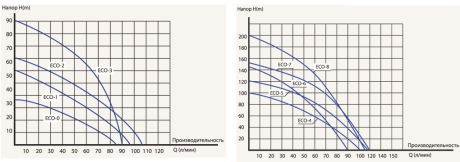
The graph clearly shows how the performance of submersible pumps decreases depending on the required lifting height. So, the mentioned Unipump ECO 8 with a pressure of 170 m is able to deliver only a quarter (30 l / min) of the declared (120 l / min) amount of water. Remember that in the main characteristics of the pumps always indicate the maximum possible values. The deeper the well, the lower the actual performance.
Pumps for wealthy people
This is a technique of well-known foreign manufacturers: high-quality and reliable. The leader in this area is the Danish company Grundfos. Nominal lifting height - from 120 to 200 m, prices - from 900 to 2500 usd.
It can be concluded that even the most powerful models deep pumps “Household” level can lift water from a depth of up to 175 m, with large values \u200b\u200btheir performance drops so much that their use loses its meaning.
What does the law say about this?
Unfortunately, the private trader is limited in his actions by existing legislation. Thus, article 19 of the federal “Subsoil Law” of the Russian Federation allows drilling without a special project and approval to a private farm only to a depth of 5 m. True, in some places regional norms increase this figure to 20 or 40 m. In Ukraine (“RB Code on subsoil ", Article 23) and in Belarus (" RB Code on Subsoil ", Article 17) the maximum depth of drilling allowed by a private trader is 20 m.
On the one hand, deep wells (from 60-80 m and more) are not affordable for the vast majority of private developers. On the other hand, the permissible 5–20 m is very small, because in most cases more or less clean groundwater lies 30–50 m. Owners of suburban real estate are compelled to violate the law, and officials are well aware of this. So far, the rule "the severity of the law is compensated by its non-implementation." Having drilled a well that does not meet the standards, do not rush to share this joy with outsiders, in this case modesty is only for the good.
Well construction, selection and installation of appropriate equipment are responsible and expensive stages of construction; trust these works to trusted companies and experienced professionals only.
Rain, fog, ten degrees Celsius. This is called the polar summer ...
A grader disappearing into the sky is a technological road, and we should not be here. We press ourselves to the right, to the side of the road, to skip the convoy of heavy trucks coming towards you, writes Artem Achkasov
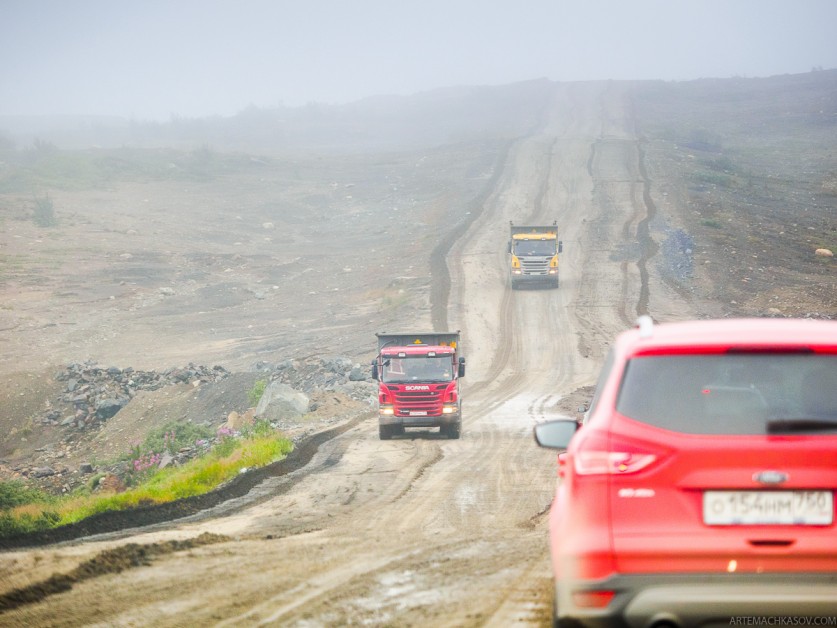
Tall bodies to the top are loaded with black gravel - sulfide copper-nickel ore. We rise higher, and now a viscous cloud has stuck around our “Fords”, wiper leashes flashed frequently. But the visibility from this did not get better - in the thick white cotton wool I can see only the taillights in front of the car in front. Carefully make our way between the heaps.
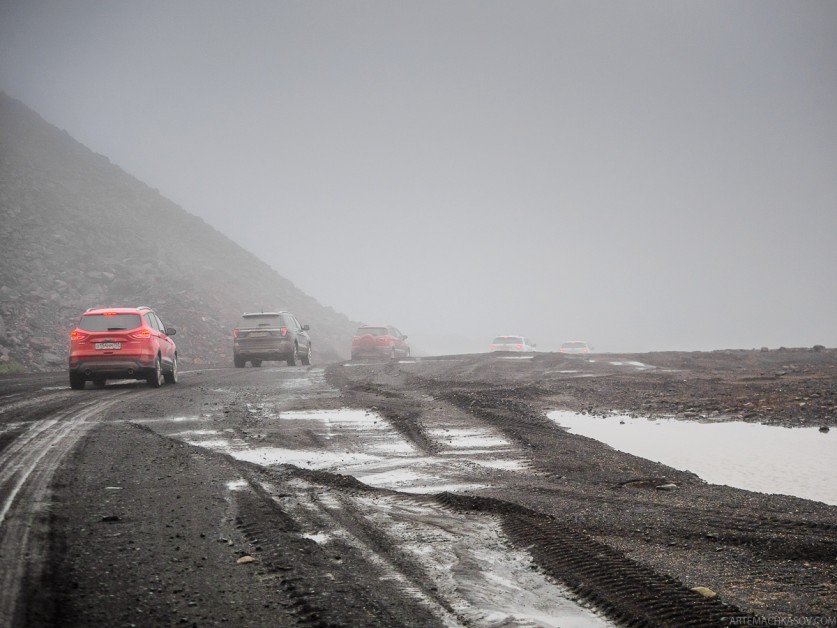
Suddenly, huge concrete structures resembling factory buildings grow in fog.
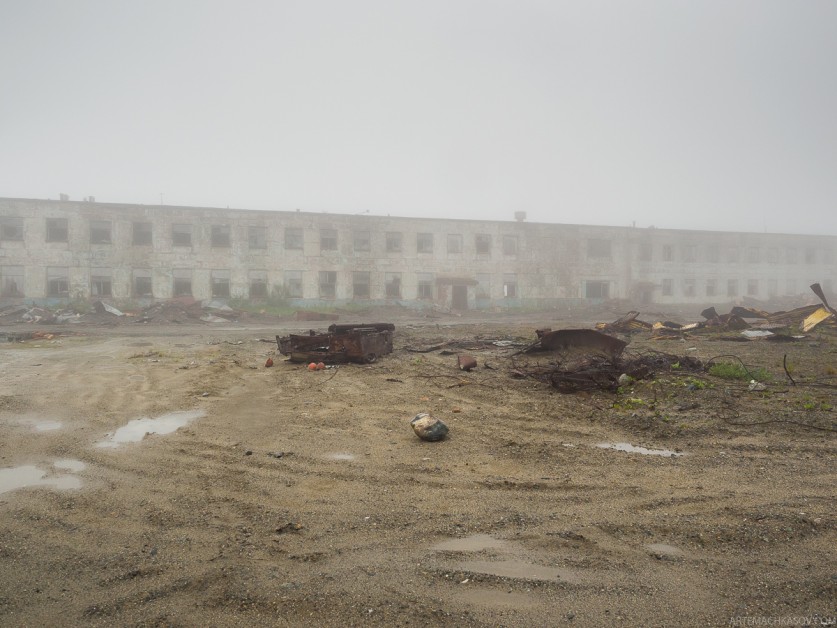
Welcome to the SG-3 facility, also known as Kola super deep well. More precisely, what is left of her ...
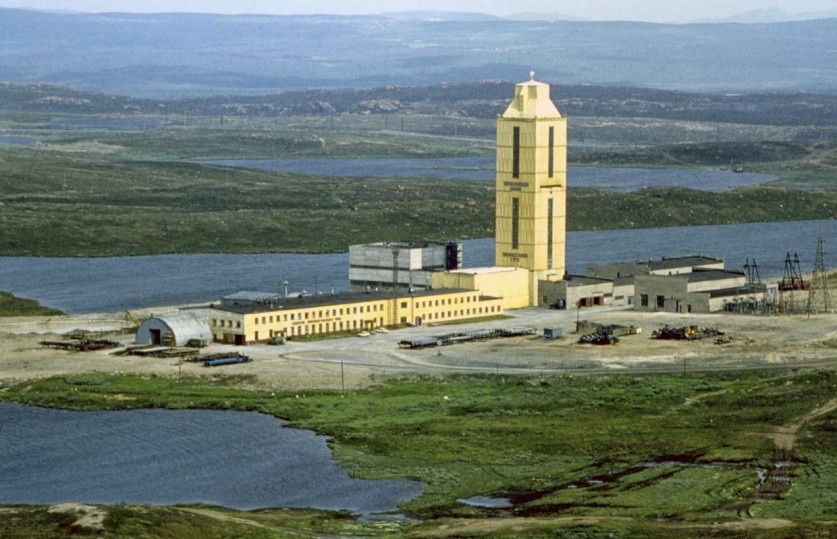
The merciless thing is history. Its pages are torn out, rewritten, swapped. What every Soviet schoolchild or student knew now does not matter, he does not have a place in his memory full of various entertainments. Scientific advances are understood as a new application for a smartphone. Achievements of Russian science are little known. The achievements of Soviet science are ridiculed or completely forgotten. Meanwhile, in a number of areas, Soviet scientists were actually ahead of the rest. It concerned geological research.
It was for scientific purposes that in 1970 the project of the Kola superdeep well was launched. It was no coincidence that a place near the nickel factory city in the Murmansk region was chosen - firstly, due to the already known abundance of valuable resources in this region (nickel, apatite, titanium, copper and so on). Secondly, it is here that the lower boundary of the earth's crust fits as close to the surface as possible. And this means that drilling an ultra-deep well here would help not only to identify mineral reserves (in particular, to investigate the deep structure of the Pechenga nickel deposit), but also to answer questions about the structure of the Earth, about which in those years scientists had a very rough understanding. Among other tasks was the comprehensive development of deep drilling technology, with the aim of improving the new generation of equipment for monitoring, research, automation and control of the drilling process.
Initially, drilling was carried out with the Uralmash-4E serial rig designed for oil wells. To a depth of 2,000 meters, the trunk was drilled with steel drill pipes, which were later replaced by aluminum ones due to their lower weight and greater strength. At the end there was a turbo-drill - a 46-meter-long turbine with a destructive crown at the end, driven by a clay solution, which was pumped into a pipe under a pressure of 40 atmospheres.
Upon reaching the mark of 7264 meters, the penetration was carried out by the more advanced Uralmash-15000 complex, which was the embodiment of Soviet science and technology. The system worked with a lot of electronics and automation. Carbide crowns were replaced by diamond. Under conditions of high soil density, the resource of the crowns did not exceed four hours, i.e., from six to ten meters deepening. After that, it was necessary to lift and dismantle the entire multi-ton column of 33-meter pipes, which took at least 18 hours closer to the 12-kilometer depth.
You ask, why all these difficulties? The fact is that almost every meter of penetration was accompanied by a scientific discovery. In the best years, almost two dozen scientific laboratories worked at SG-3. The study of rock samples raised in the core, and the descent of special equipment into the well completely inverted the theoretical knowledge of scientists about the structure of the Earth. So, the granite belt turned out to be much thicker than scientists thought. There was no basalt at the expected depth at all - instead of it porous granite rocks went, which led to multiple landslides and accidents at the drilling site. Petrified microorganisms were discovered at great depths, which allowed us to argue that life on the planet appeared at least one and a half billion years earlier than previously thought. Scientists' statements about temperature conditions in the bowels of the planet were not confirmed either - it turned out to be much hotter there ...
Of course, drilling such a deep well was very costly. Collapses of soil led to accidents, curvature of the trunk. The next accident at a depth of 12,262 meters, almost coinciding in time with the collapse of the USSR, was the last in the history of the Kola superdeep. There was no one to finance this project. In the mid-nineties, the well was mothballed. Ten years later, it was finally abandoned, while remaining at that time the deepest well in the world (and the only one drilled for scientific purposes).
Of course, then the station, which once gave the world dozens of scientific discoveries every year, was completely looted.
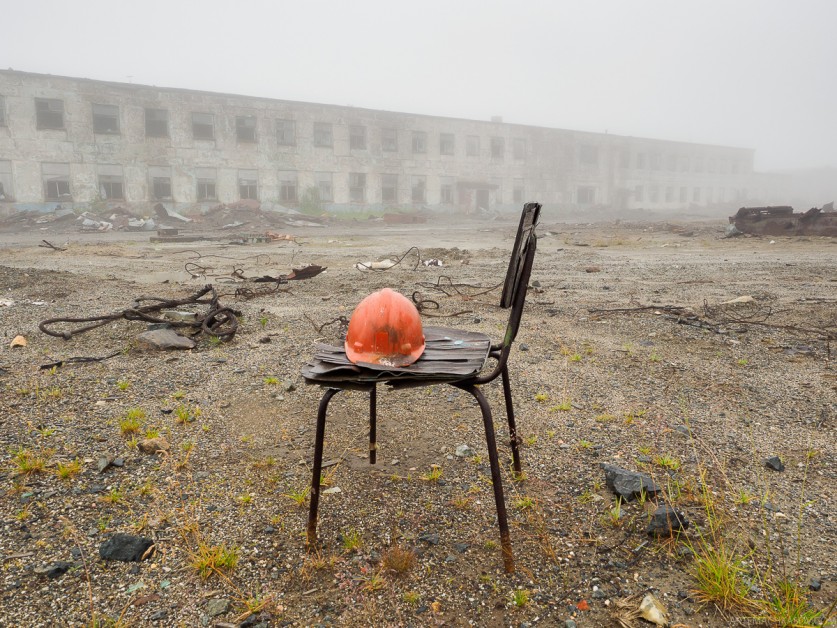
All buildings were destroyed, including the 70-meter tower, which housed the drilling rig. At the SG-3 facility, rare visitors feel like stalkers.
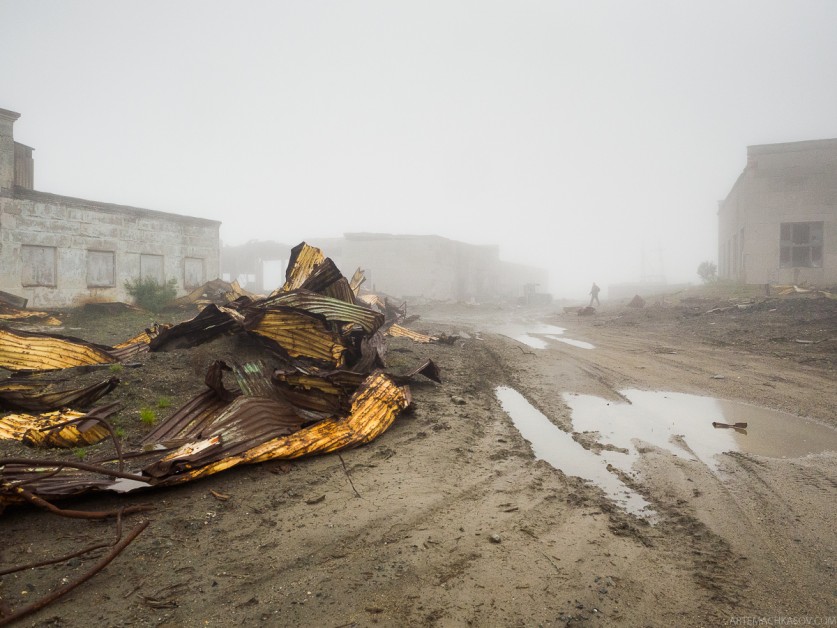
The debris of the old world crunches loudly underfoot. Broken glass, ceramics, rusty iron, fragments of brick.
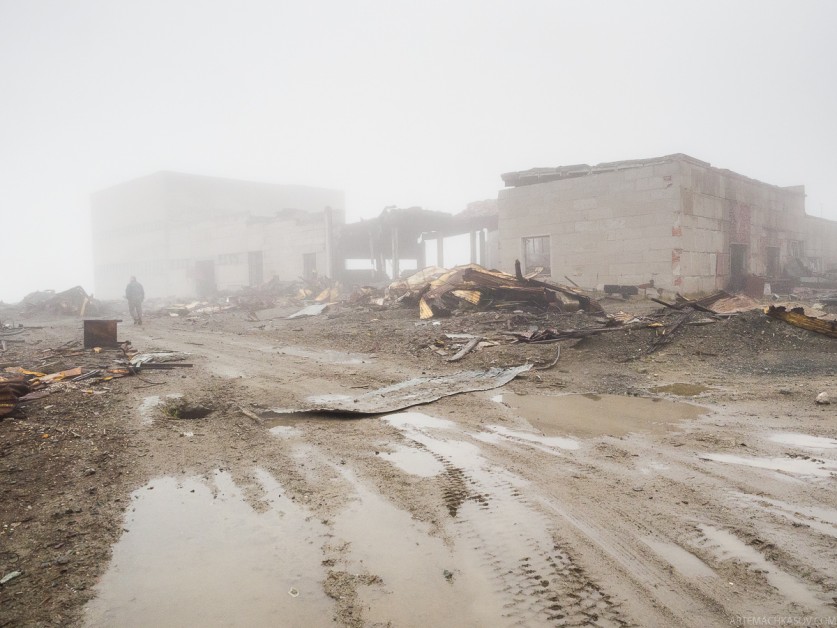

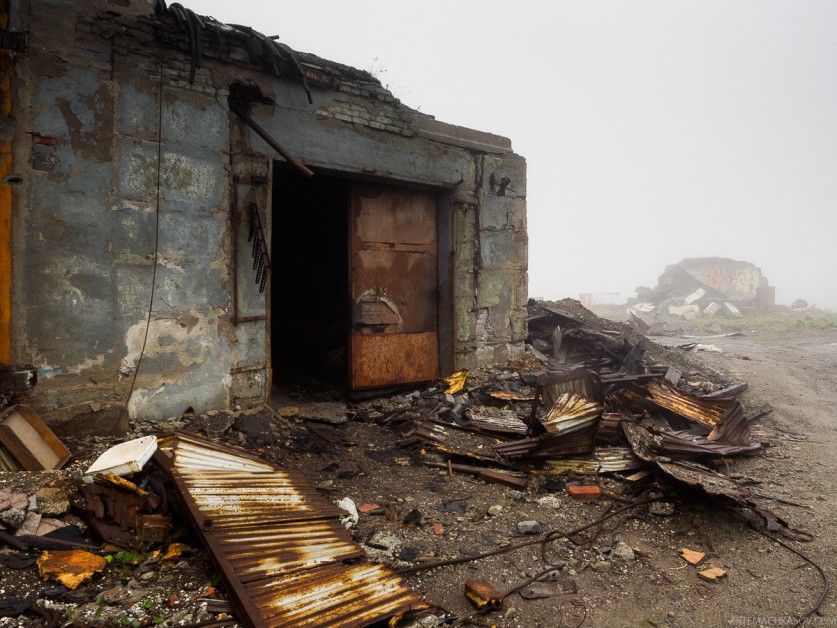

In front of the main building lies the skeleton of the tracked conveyor.
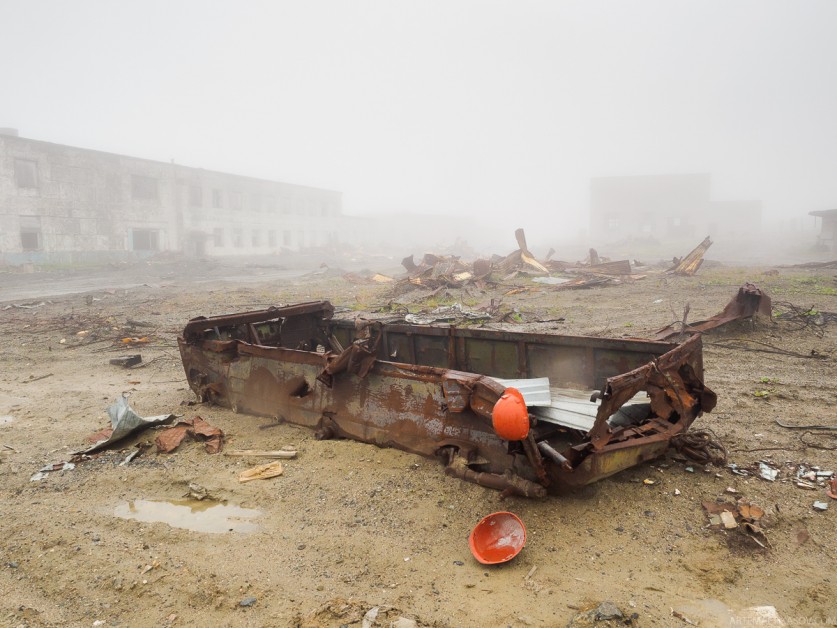
The walls of the buildings - breaks. Obviously, someone was pulling out expensive equipment this way.
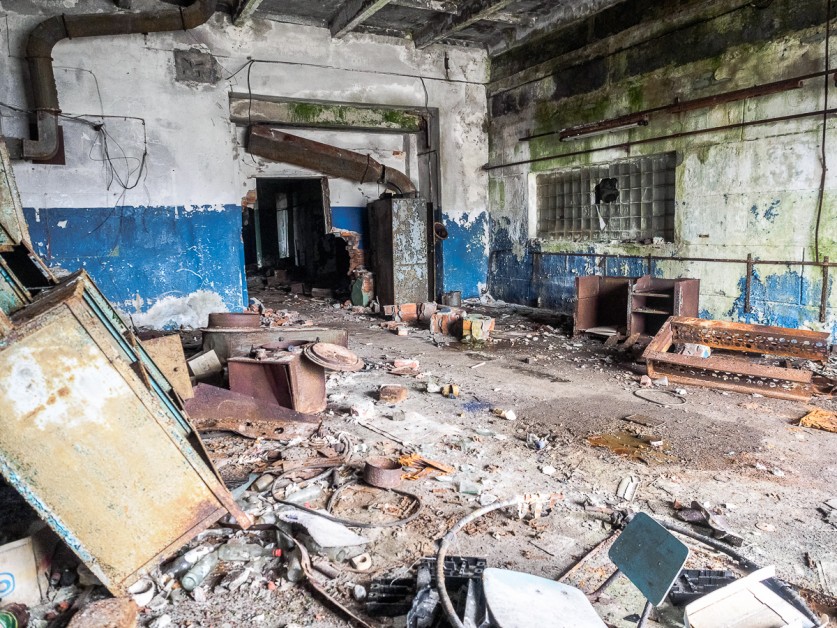
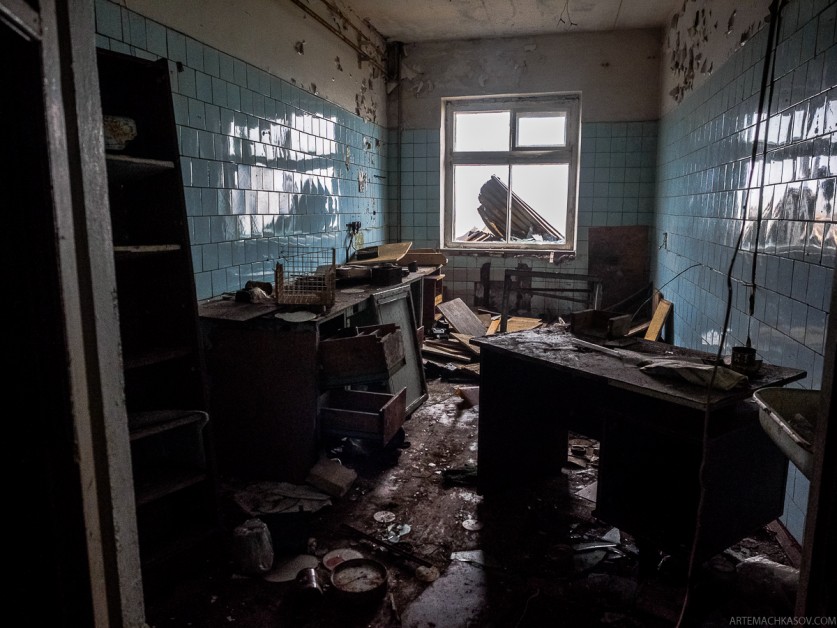
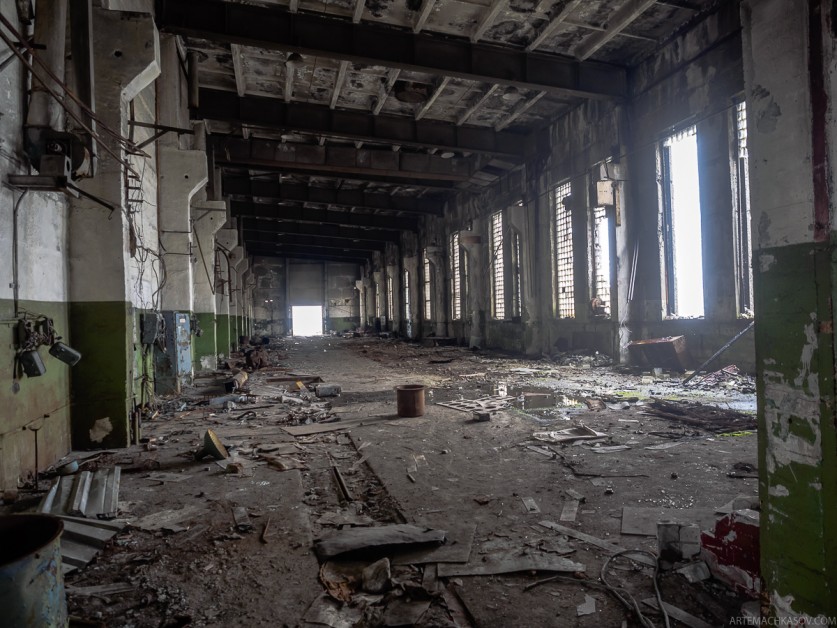
Chemicals are scattered in former laboratories.
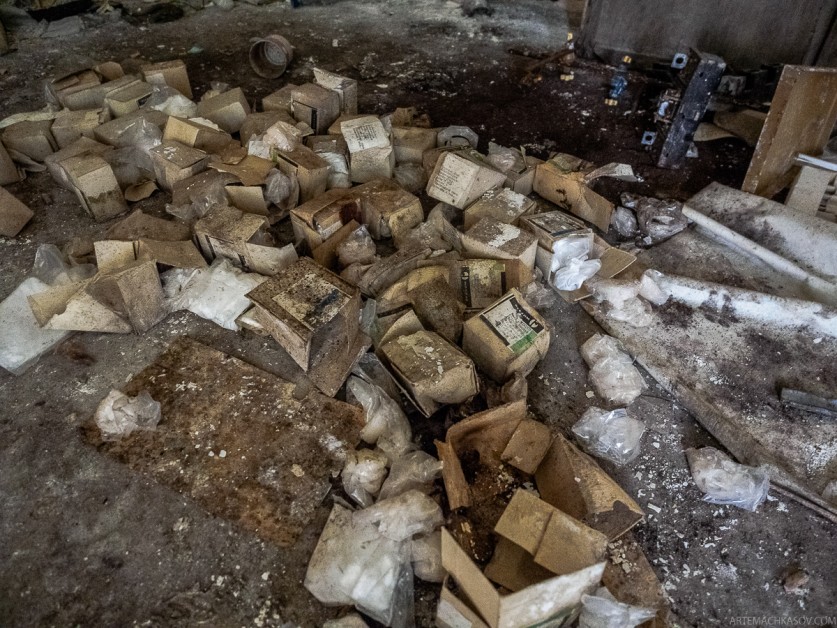
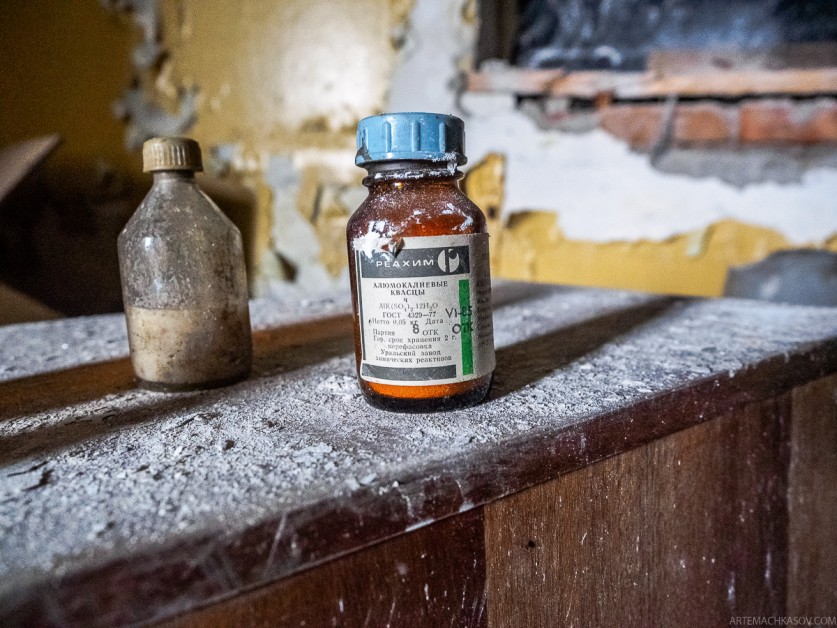

Instead of expensive electronics, electricians and automation - empty cabinets torn from the mounts.
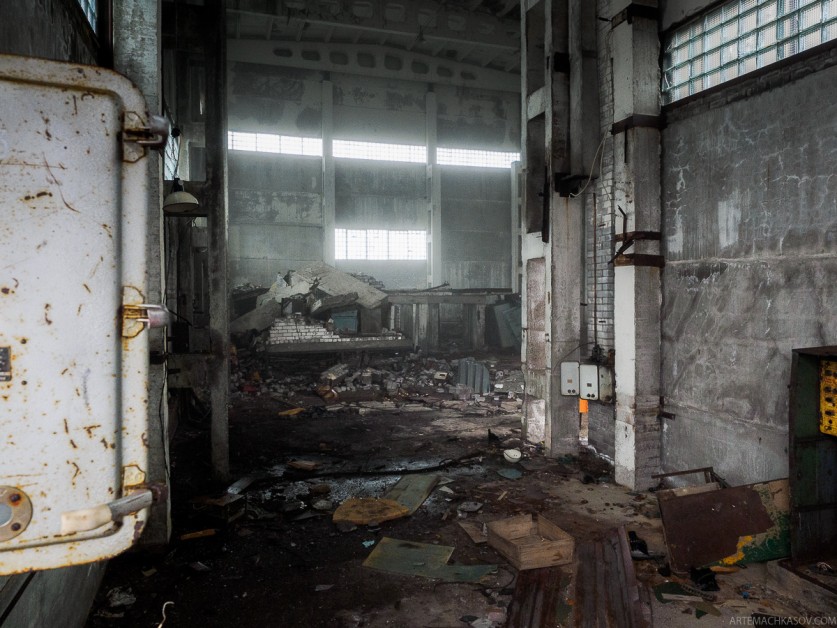
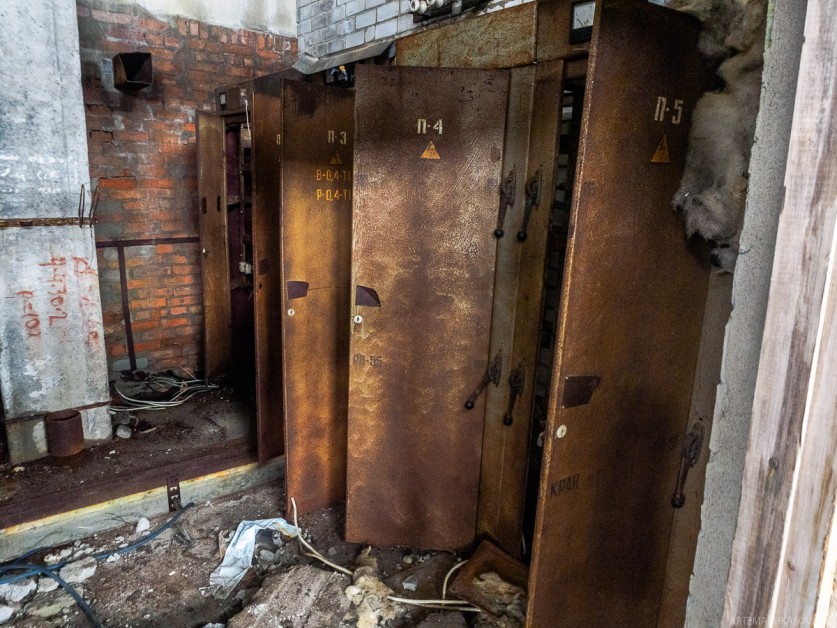
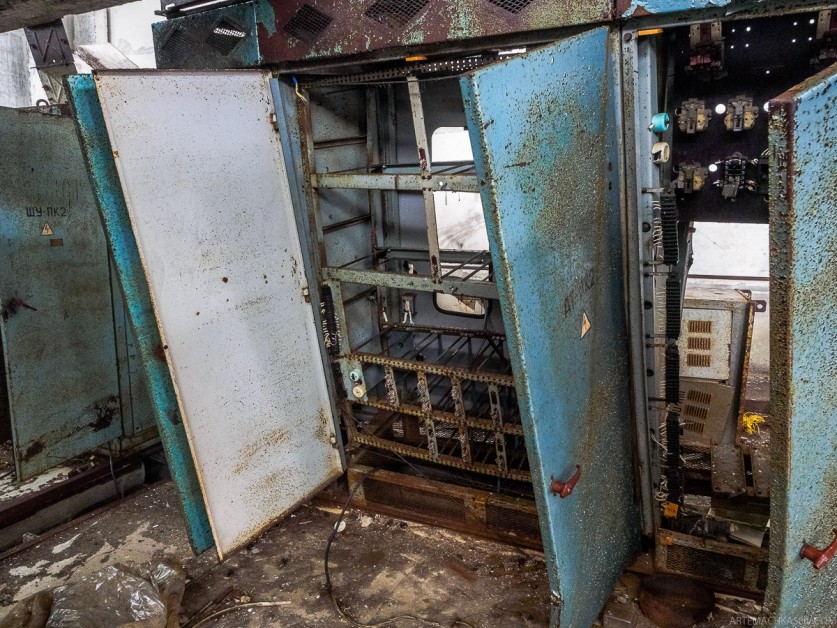
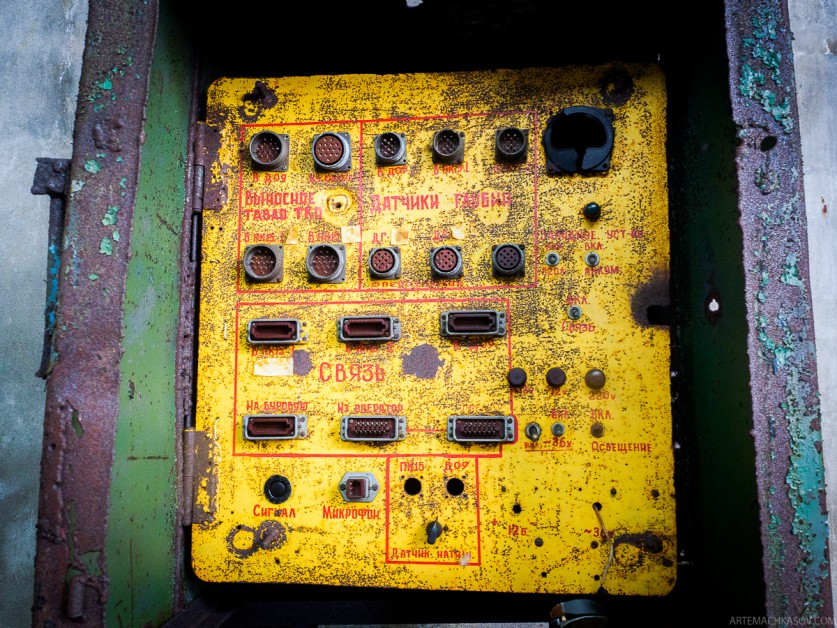

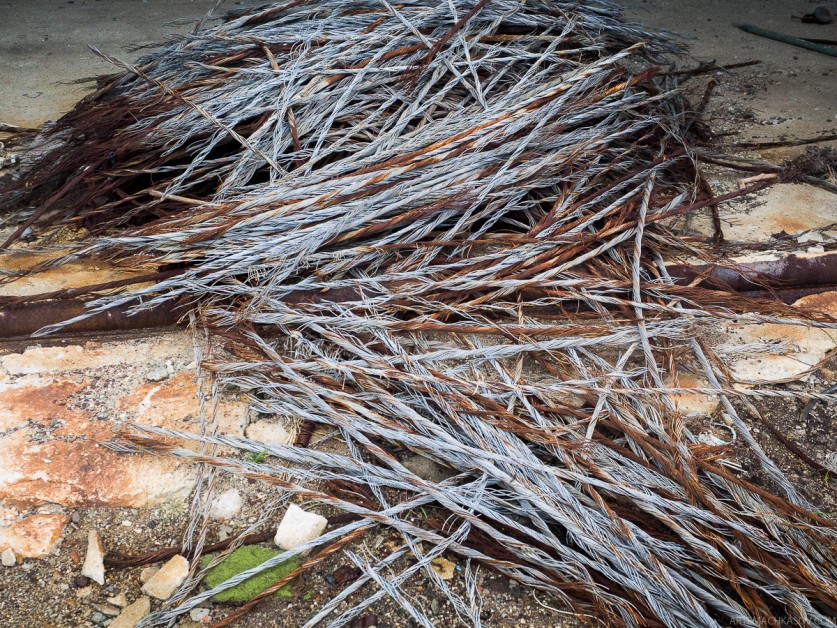

Suddenly, in a cloud of fog, diesel rattles. Instinctively bend over collapsed floors. An old Mercedes minibus slowly drives up to the destroyed building. An open rear door slams on a rusty body. Metal hunters continue their dirty work ...
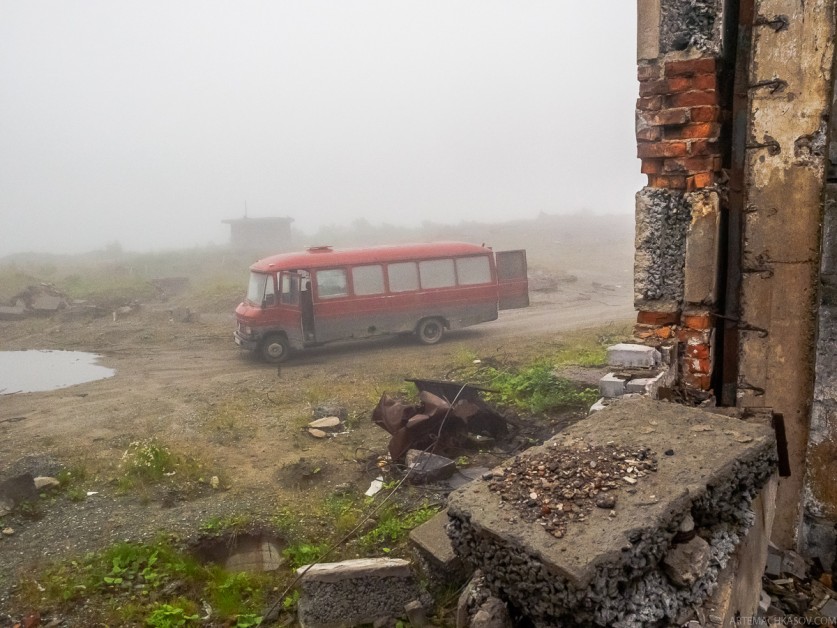
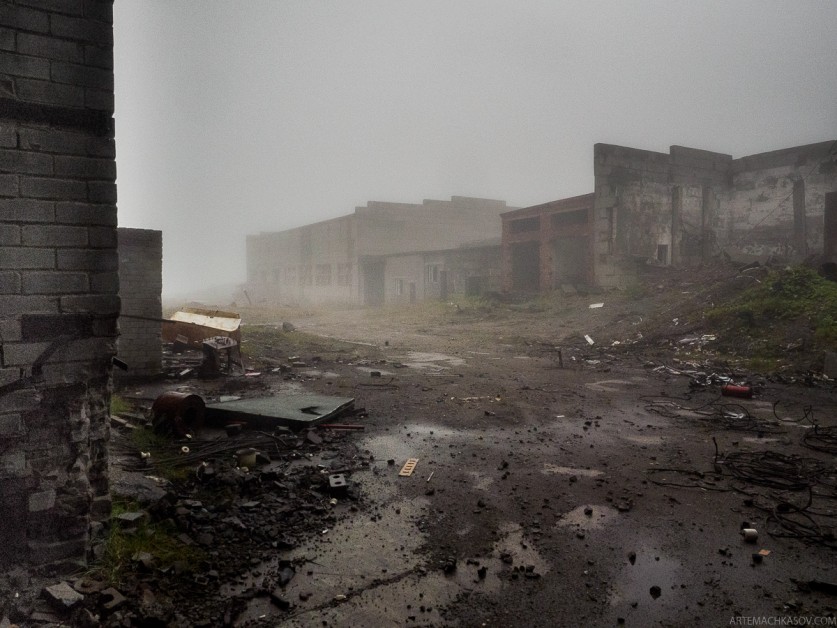
And here she is, Kola superdeep. What is left of her?
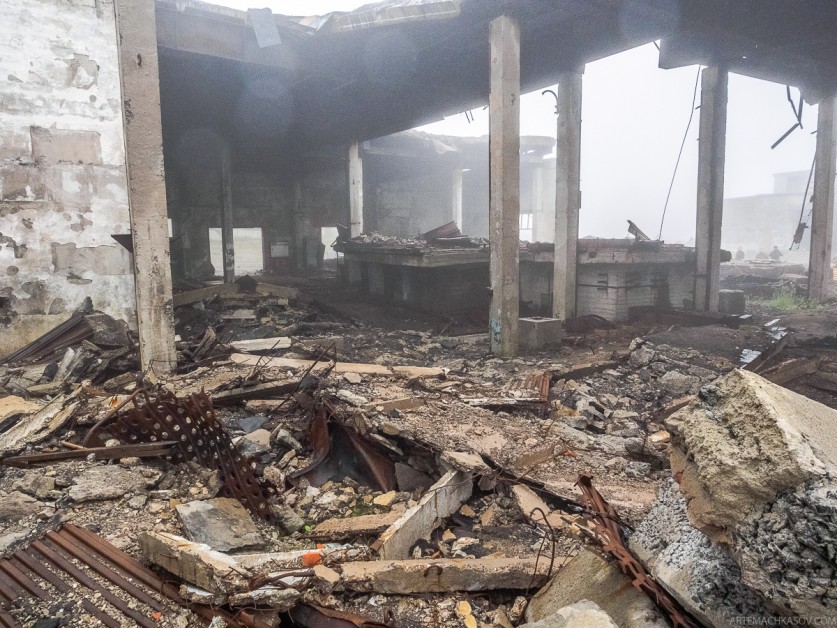
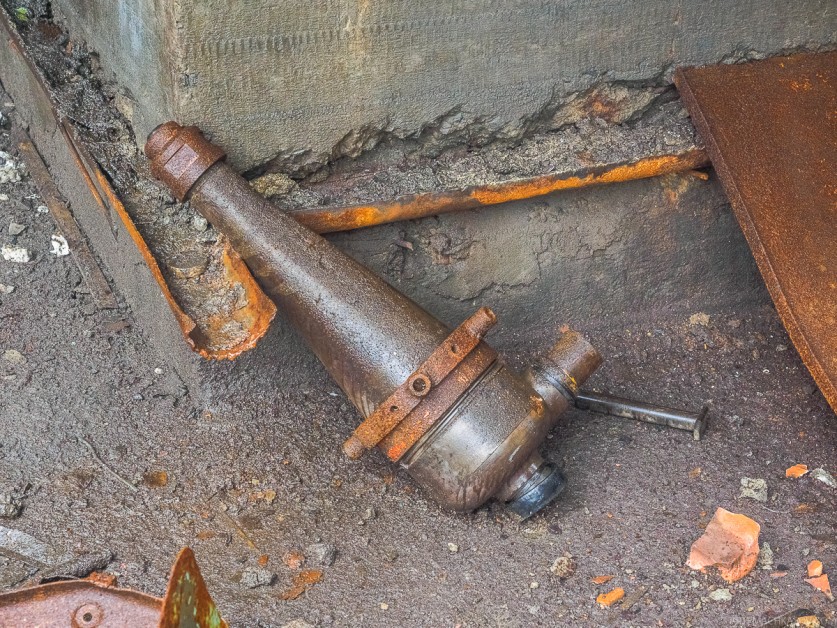
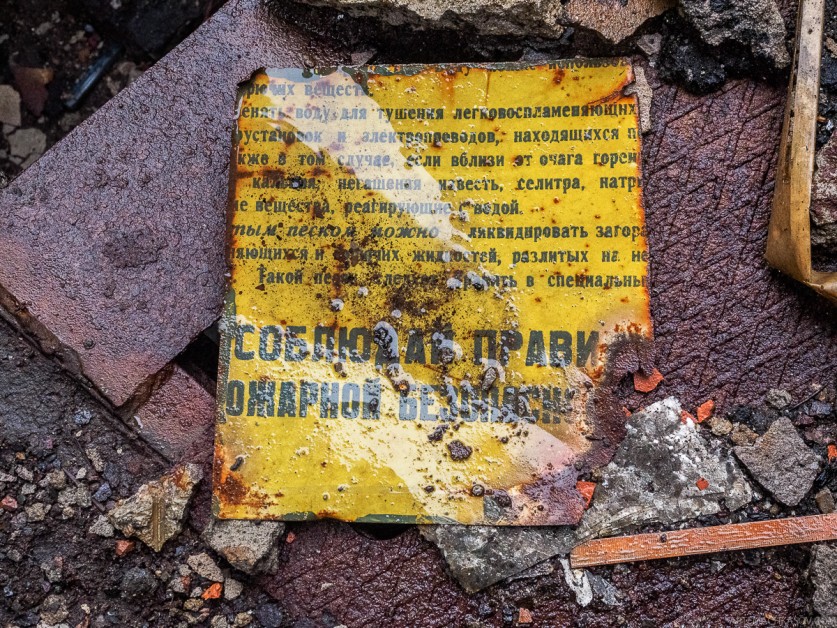
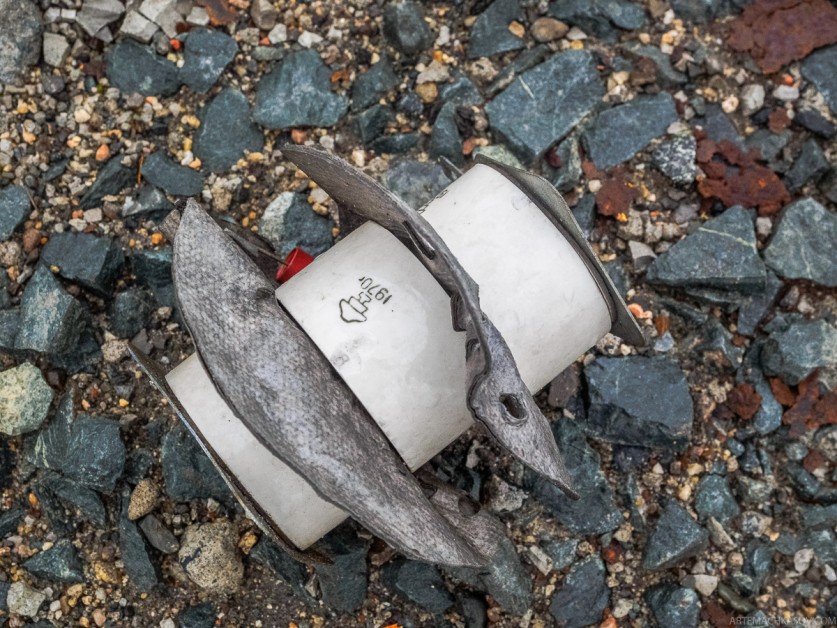
Only a rusty cover with the inscription 12,226 meters. The inscription is in error, since the real depth is 12,262 m. One of the nuts is already missing, but for some reason the cover has not yet been dragged off. Afraid?
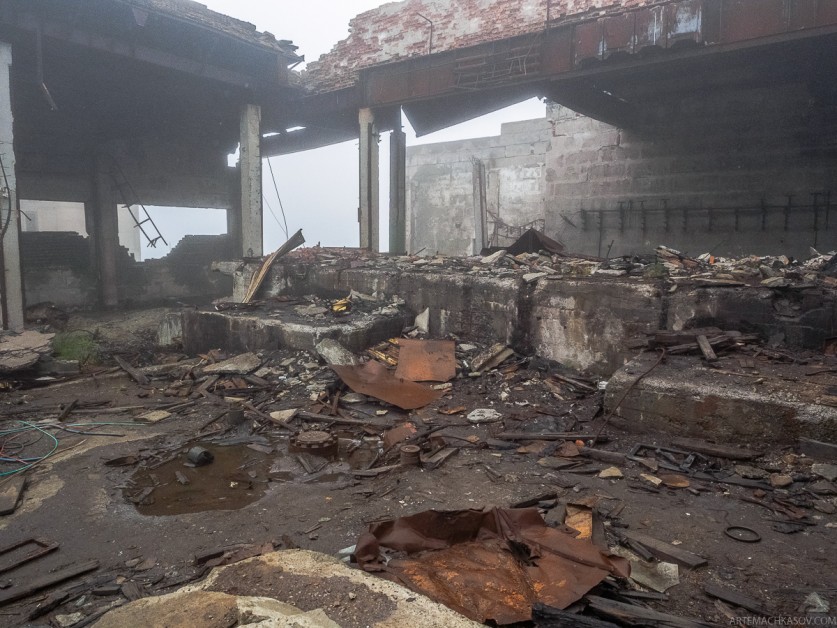
Local legends say that the recording equipment recorded inhuman screams in the well ... Of course, scientists have long found a scientific explanation for this. But what do we remember and know now about science?
The rain intensified. The remains of the Kola superdeep finally disappeared into the humid foggy mass. I do not want to talk about the symbolism of this situation, but there are no other thoughts left after visiting SG-3.
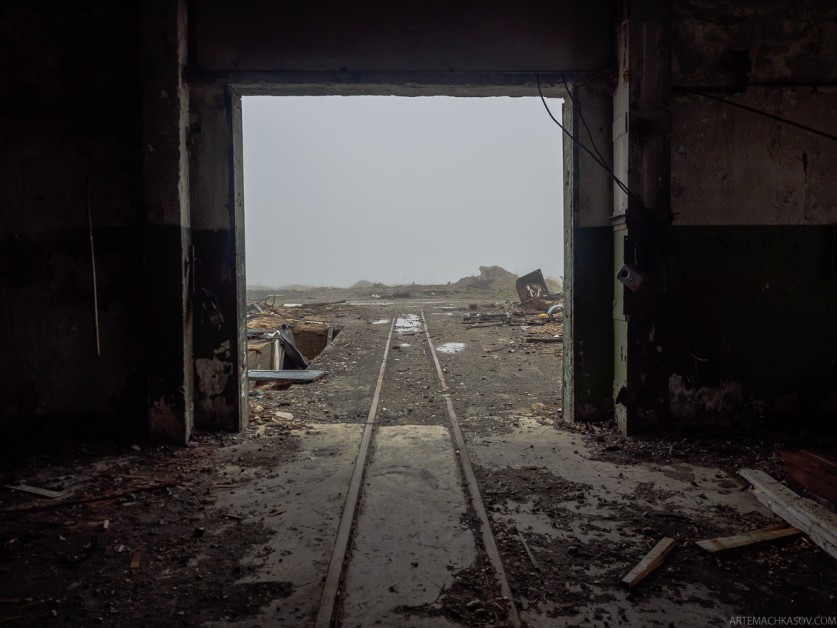
The future of civilization, forgetting its past, can cause nothing but fear ...
Aug 20, 2016 Galinka
To get into those secrets that are under our feet is not easier than to find out all the secrets of the Universe above our heads. And maybe even more difficult, because in order to look deep into the Earth, a very deep well is needed.
The goals of drilling are different (oil production, for example), but ultra-deep (more than 6 km) wells are primarily needed by scientists who want to know what is interesting inside our planet. We will tell you where such "windows" to the center of the Earth are located and how the deepest drilled well is called, we will tell you in this article. First, only one explanation.
Drilling can be carried out both vertically downward and at an angle to the surface of the earth. In the second case, the length can be very large, but the depth, if we evaluate it from the wellhead (the beginning of the well on the surface) to the deepest point in the bowels, is less than that which runs perpendicularly.
An example is one of the wells of the Chayvinskoye field, the length of which reached 12,700 m, but in depth it is significantly inferior to the deepest wells.
This well with a depth of 7520 m is located on the territory of modern Western Ukraine. However, work on it was still in the USSR in 1975 - 1982.
The purpose of creating this one of the deepest wells in the USSR was the extraction of minerals (oil and gas), but the study of the bowels of the earth was also an important task.
9 En-Yakhinsky well
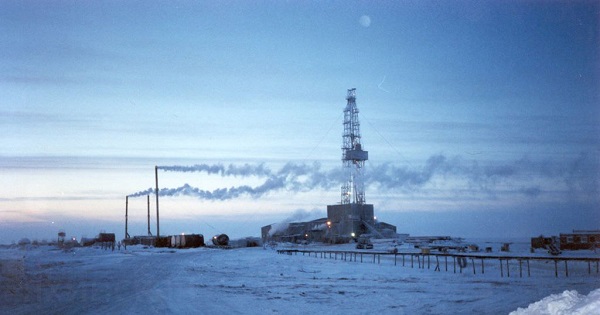
Near the city of Novy Urengoy in the Yamal-Nenets district. The purpose of drilling the Earth was to determine the composition of the earth's crust at the drilling site and determine the profitability of developing large depths for mining.
As is usually the case with super-deep wells, the bowels of the earth have given researchers many "surprises." For example, at a depth of about 4 km, the temperature reached +125 (above the calculated), and after another 3 km, the temperature was already +210 degrees. Nevertheless, scientists completed their research, and in 2006 the well was liquidated.
8 Saatlinskaya in Azerbaijan
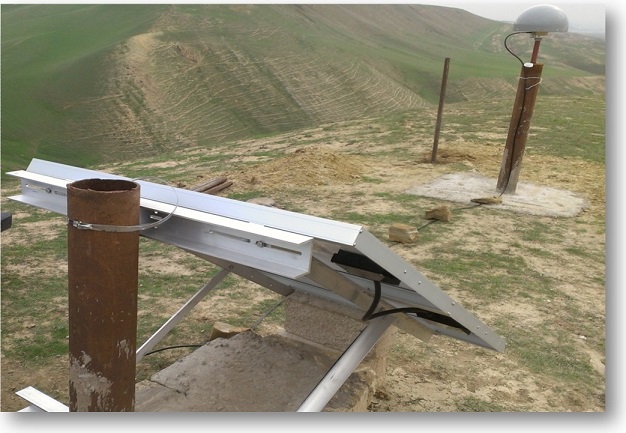
In the USSR, one of the deepest wells in the world, Saatlinskaya, was drilled in the territory of the Republic of Azerbaijan. It was planned to bring its depth to 11 km and conduct various studies related to both the structure of the earth's crust and the development of oil at different depths.
However, it was not possible to drill such a deep well, as it happens very, very often. In the process, machines often fail due to extremely high temperatures and pressure; the well is bent because the hardness of different rocks is heterogeneous; often a minor breakdown entails such problems that their solution requires more money than creating a new one.
So in this case, despite the fact that the materials obtained as a result of drilling were very valuable, the work had to be stopped at around 8324 m.
7 Zisterdorf - the deepest in Austria
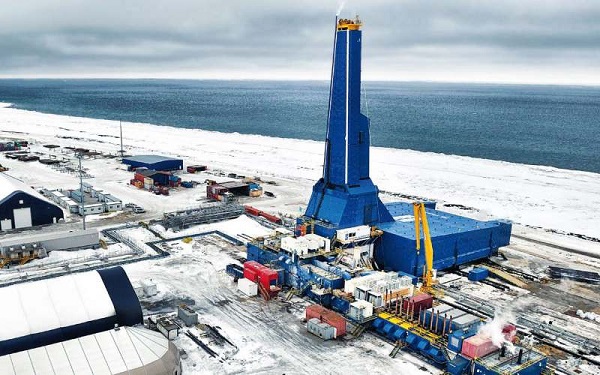
Another deep well was drilled in Austria near the town of Zisterdorf. Gas and oil fields were located nearby, and geologists hoped that an ultra-deep well would allow for super-profits in the field of mining.
Indeed, natural gas was discovered at a very significant depth - to the desperation of specialists, it was impossible to extract it. Further drilling ended in an accident, the walls of the well collapsed.
It did not make sense to restore, they decided to drill another one nearby, but they could not find anything interesting for industrialists in it.
6 US University
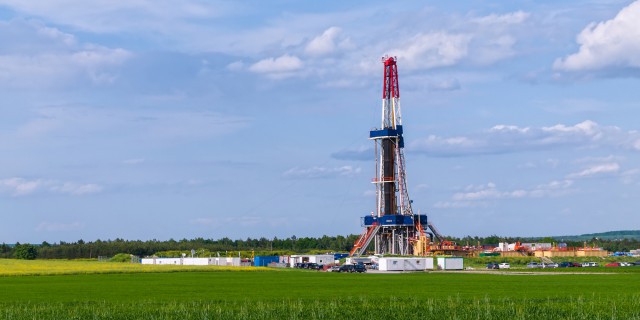
One of the deepest wells on Earth is the University of the United States. Its depth is 8686 m. The materials obtained as a result of drilling are of significant interest, as they provide new material on the structure of the planet on which we live.
Surprisingly, as a result, it turned out that it was not scientists who were right, but science fiction: there are layers of minerals in the depths, and life exists at a great depth - the truth is, we are talking about bacteria!

In the 90s, Germany began drilling an ultra-deep Hauptboring well. It was planned to bring its depth to 12 km, but, as is usually the case with superdeep mines, the plans were not successful. Already at around 7 meters, problems associated with automatic machines began: drilling vertically downward became impossible, the mine began to deviate more and more to the side. Each meter was given with difficulty, and the temperature grew extremely.
Finally, when the heat reached 270 degrees, and endless accidents and malfunctions all exhausted, it was decided to suspend work. This happened at a depth of 9.1 km, which makes the Hauptboring well one of the deepest.
The scientific materials obtained as a result of drilling have become the basis for thousands of studies, and the mine itself is currently used for tourism purposes.
4 Biden Unit

In the United States, Lone Star attempted to drill an ultra-deep well in 1970. The place near the city of Anadarko in Oklahoma was not chosen by chance: here the wildlife and high scientific potential create a convenient opportunity for both drilling a well and exploring it.
The work was carried out for more than a year, and during this time we drilled it to a depth of 9159 m, which allows us to include it among the deepest mines in the world.
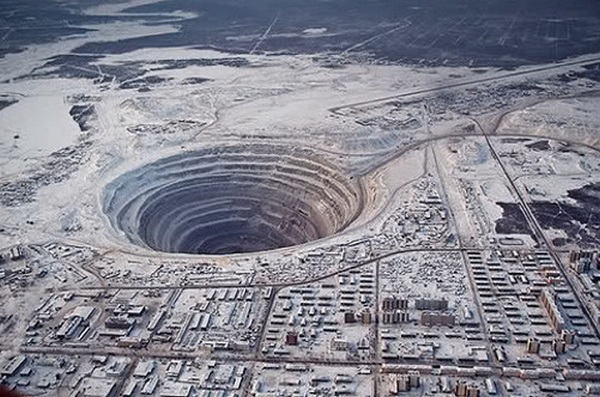
And finally, we present the three deepest wells in the world. In third place, Berta Rogers is the world's first super-deep well, which, however, did not for long stay the deepest. After only a little time, the deepest well in the USSR appeared - Kola.
Berta Rogers was drilled by GHK, a company engaged in the development of minerals, mainly natural gas. The aim of the work was to search for gas at great depths. Work began in 1970, when very little was known about the bowels of the earth.
The company had high hopes for a place in Washicho County, because there are a lot of minerals in Oklahoma, and at that time, scientists thought that there were whole layers of oil and gas in the thickness of the earth. However, 500 days of work and the enormous funds invested in the project turned out to be useless: the drill melted in a layer of liquid sulfur, and gas or oil could not be detected.
In addition, no scientific research was carried out during drilling, since the well was only of commercial importance.
2 KTB-Oberpfalz
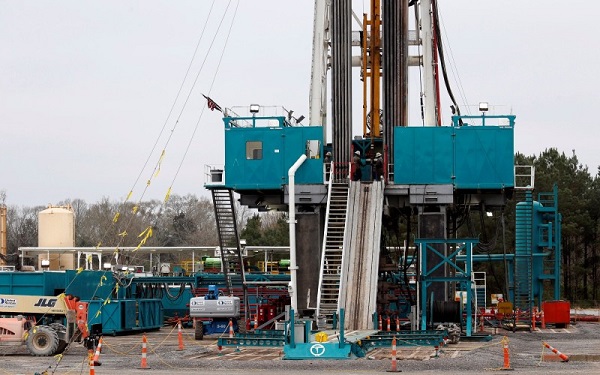
In second place in our rating is the German well Oberpfalz, which reached a depth of almost 10 km.
This mine is the record holder as the deepest vertical well, because without deviations to the side, it goes to a depth of 7500 m! This is an unprecedented indicator, because the mines at great depths will inevitably bend, but the unique equipment used by scientists from Germany made it possible to move the drill vertically down for a very long time.
The diameter difference is not that big either. Ultra-deep wells begin on the surface of the earth with holes of a rather large diameter (71 cm at Oberpfalz), and then gradually narrow. At the bottom, a German well has a diameter of only about 16 cm.
The reason why it was necessary to stop work is the same as in all other cases - equipment failure due to high temperatures.
1 Kola well - the deepest in the world
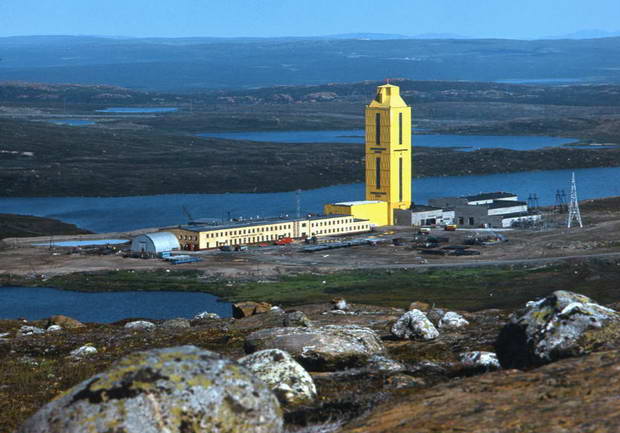
We owe a foolish legend to a “duck” launched in the Western press, where, with reference to the mythical “world-famous scientist” Azzakov, they talked about a “creature” escaping from a mine with a temperature of 1000 degrees, the moans of millions of people who signed up for microphone down and so on.
At first glance it is clear that the story is sewn with white thread (and it was published, by the way, on “April Fool's Day”): the temperature in the mine was not higher than 220 degrees, however, with it, like at 1000 degrees, no microphone can work ; creatures did not break out, and the named scientist does not exist.
The Kola well is the deepest in the world. Its depth reaches 12262 m, which significantly exceeds the depth of other mines. But not the extent! Now we can name at least three wells - Qatar, Sakhalin-1 and one of the wells of the Chayvinskoye field (Z-42) - which are longer, but not deeper.
Kola gave scientists colossal material that is still not fully processed and meaningful.
| A place | Title | The country | Depth |
|---|---|---|---|
| 1 | Kola | USSR | 12262 |
| 2 | KTB-Oberpfalz | Germany | 9900 |
| 3 | USA | 9583 | |
| 4 | Beiden unit | USA | 9159 |
| 5 | Germany | 9100 | |
| 6 | USA | 8686 | |
| 7 | Cisterdorf | Austria | 8553 |
| 8 | USSR (modern Azerbaijan) | 8324 | |
| 9 | Russia | 8250 | |
| 10 | Shevchenkovskaya | USSR (Ukraine) | 7520 |
You will be interested
It occupies the first positions in the list of "Super deep wells of the world". It was drilled to study the structure of deep terrestrial rocks. Unlike other available wells on the planet, this one was drilled exclusively from a scientific research point of view and was not used to extract useful resources.
Location of the Kola superdeep station
Where is the Kola superdeep well located? ABOUTit is located in the Murmansk region, near the town of Zapolyarny (about 10 kilometers from it). The location of the well is truly unique. It was laid on the territory of the Kola Peninsula. It is where the earth pushes various ancient rocks to the surface every day.
Near the well is the Pechenga-Imandra-Varzugsky riftogenic deflection resulting from a fault.
Kola superdeep well: history of occurrence
In honor of the centennial on the occasion of the birthday of Vladimir Ilyich Lenin in the first half of 1970, the beginning of well drilling was laid.
May 24, 1970, after the geological expedition approved the location of the well, work was started. To a depth of about 7 thousand meters, everything went smoothly and smoothly. After crossing the seven-thousandth milestone, the work went more complicated and constant collapses began to occur.
As a result of constant breaks in the lifting mechanisms and breaks in the drill heads, as well as regular collapses, the walls of the well were exposed to the cementing process. However, due to constant malfunctions, the work continued for several years and went extremely slowly.
On June 6, 1979, the well’s depth exceeded 9583 meters, thus breaking the world record for the United States of America oil well Bert Rogers, located in Oklahoma. At that time, about 16 scientific laboratories were continuously operating in the Kola well, and the drilling process was personally controlled by the Minister of Geology of the Soviet Union, Yevgeny Kozlovsky.
In 1983, when the depth of the Kola superdeep well reached 12,066 meters, the work was temporarily frozen due to preparations for the 1984 International Geological Congress. At the end of the work were resumed.
Resumption of work fell on September 27, 1984. But at the first descent, the drill string was cut off, and once again the well collapsed. Work resumed from a depth of about 7 thousand meters.
In 1990, the depth of the borehole reached a record 12,262 meters. After the collapse of the next column, an order was received to stop and complete the work.
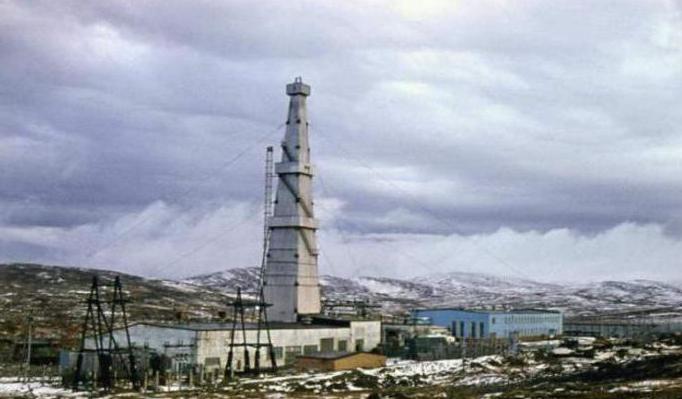
Current state of the Kola well
In early 2008, an ultra-deep well on the Kola Peninsula was considered abandoned, equipment was dismantled, and a project was already launched to demolish existing buildings and laboratories.
At the beginning of 2010, the director of the Kola Geological Institute of the Russian Academy of Sciences said that at present the well has undergone a process of conservation and is being destroyed independently. Since then, the question of her has not been raised.
Well depth to date
Currently, the Kola superdeep well, a photo of which is presented to the attention of the reader in the article, is considered one of the largest drilling projects on the planet. Its official depth is 12,263 meters.
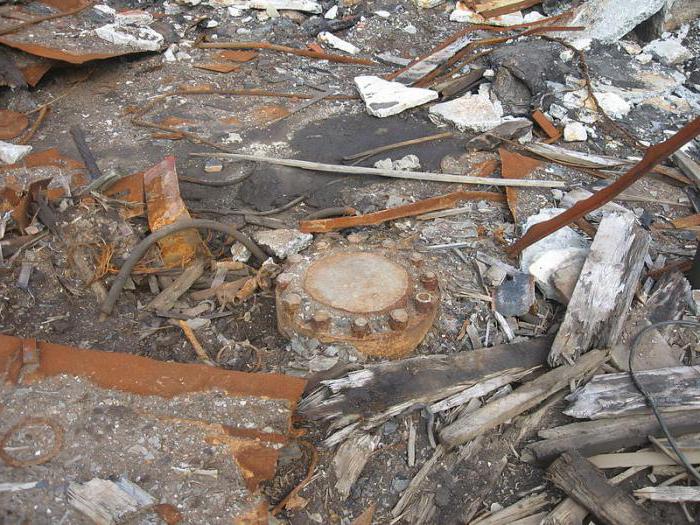
Sounds in the Kola Well
When the drilling rigs crossed the line of 12 thousand meters, the workers began to hear strange sounds coming from the depths. At first they did not attach any importance to this. However, when all the drilling equipment froze, and deathly silence hung in the well, unusual sounds came, which the workers themselves called "the cries of sinners in hell." Since the sounds of an ultra-deep well were considered rather unusual, it was decided to record them using heat-resistant microphones. When the recordings were heard, everyone was amazed - they were like the screams and screeches of people.
A few hours after listening to the recordings, workers found traces of a powerful explosion of previously unknown origin. The work was temporarily discontinued until the circumstances were clarified. However, they were resumed after a few days. Having again descended into the well, everyone with bated breath expected to hear human screams, but there was truly deathly silence there.
When the trial on the origin of sounds began, questions began to be asked about who heard what. The amazed and frightened workers tried to avoid answering these questions and only waved the phrase: “I heard something strange ...” Only after a large amount of time and upon the closure of the project was a version put forward that sounds of unknown origin are the sound of movement of tectonic plates. This version has been refuted over time.
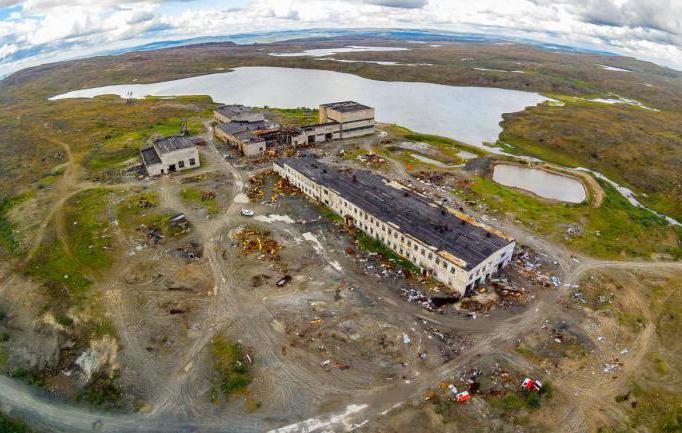
Secrets that shrouded the wells
In 1989, the Kola ultra-deep well, the sounds from which excite the human imagination, was called the "road to hell." The legend arose on the air of the American television company, which took April Fools' article in the Finnish newspaper about the Kola well for reality. The article said that every kilometer drilled on the way to the 13th brought the country complete misfortunes. According to legend, at a depth of 12 thousand meters, workers began to imagine human cries for help, which were recorded on ultra-sensitive microphones.
With each new kilometer on the way to the 13th, disasters occurred in the country, so, on the above path, the USSR collapsed.
It was also noted that, having drilled a well up to 14.5 thousand meters, the workers came across empty "rooms", the temperature in which reached 1100 degrees Celsius. Having lowered one of the heat-resistant microphones into one of these holes, we recorded groans, rattles and screams. These sounds were called the “voice of the underworld,” and the well itself became known only as the “road to hell.”
However, the research group itself soon refuted this legend. Scientists reported that the depth of the well at that time was only 12,263 meters, and the maximum recorded temperature was 220 degrees Celsius. Only one fact remained unverified, due to which the Kola superdeep well has such dubious fame - sounds.
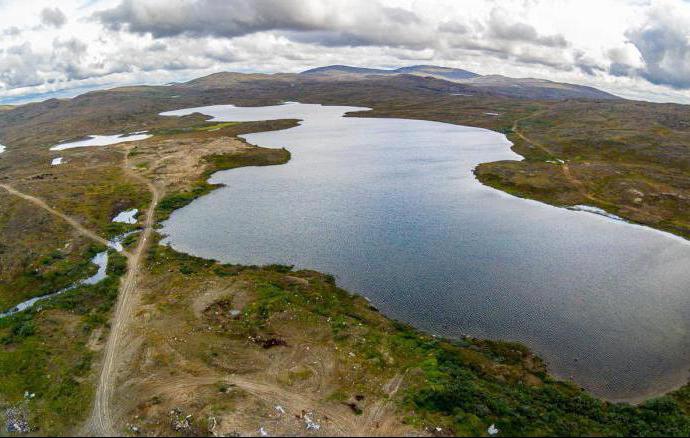
Interview with one of the workers of the Kola superdeep well
In an interview on the refutation of the legend of the Kola well, David Mironovich Huberman said: “When they ask me about the veracity of this legend and the existence of the demon we found there, I reply that this is utter nonsense. But to be honest, I can not refute the fact that we are faced with something supernatural. At first, sounds began to bother us of unknown origin, then there was an explosion. When we looked into the well, at the same depth, after a few days, everything was absolutely normal ... "
What is the benefit of drilling the Kola superdeep well?
Of course, one of the main advantages of the appearance of this well can be called significant progress in the field of drilling. New methods and types of drilling have been developed. Also, personally drilling and scientific equipment was created for the Kola ultra-deep well, which is still used today.
Another plus was the discovery of a new location of valuable natural resources, including gold.
The main scientific goal of the project to study the deep layers of the earth has been achieved. Many theories have been refuted (including the basaltic layer of the earth).
The number of super-deep wells in the world
In total, there are about 25 ultra-deep wells on the planet.
Most of them are located on the territory of the former USSR, but about 8 are located around the world.
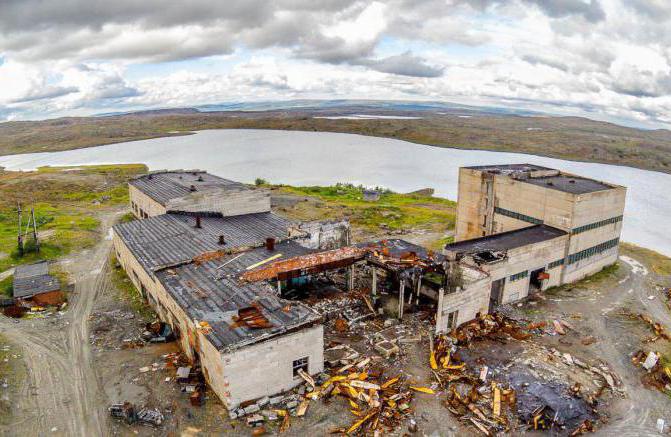
Ultra-deep wells located in the former USSR
On the territory of the Soviet Union there was a huge number of superdeep wells, but the following should be highlighted:
- Muruntau well. In depth, the well reaches only 3 thousand meters. Located in the Republic of Uzbekistan, in the small village of Muruntau. Well drilling began in 1984 and has not yet been completed.
- Kryvyi Rih well. In depth it reaches only 5383 meters out of 12 thousand conceived. Drilling began in 1984 and ended in 1993. The location of the well is considered Ukraine, the vicinity of the city of Krivoy Rog.
- Dnieper-Donetsk well. She is a countrywoman of the previous one and is also located in Ukraine, near the Donetsk Republic. The depth of the well today is 5691 meters. Drilling began in 1983 and continues to the present.
- Ural well. It has a depth of 6100 meters. Located in the Sverdlovsk region, near the town of Verkhnyaya Tura. Work on drilling the well lasted for 20 years, starting from 1985 and ending in 2005.
- Biikzhalsky well. Its depth reaches 6700 meters. Well drilling took place from 1962 to 1971. It is located on the Caspian lowland.
- Aralskol well. Its depth is one hundred meters more than Biikzhalskaya and is only 6800 meters. The year of drilling and the location of the well are completely identical with the Biizhal well.
- Timan-Pechora well. Its depth reaches 6904 meters. Located in the Komi Republic. To be more precise, in the Vuktyl region. Work on drilling the well lasted about 10 years, from 1984 to 1993.
- Tyumen well. Depth reaches 7502 meters from 8000 planned. A well is located near the city of Novy Urengoy and the village of Korotchaevo. Drilling took place from 1987 to 1996.
- Shevchenko well. It was drilled during one of 1982 with the aim of oil production in Western Ukraine. The depth of the well is 7520 meters. Located in the Carpathian region.
- En-Yahinsky well. It has a depth of about 8250 meters. The only well that exceeded the drilling plan (originally planned 6000). Located in Western Siberia, near the city of Novy Urengoy. Drilling lasted from 2000 to 2006. It was currently the last operating super-deep well in Russia.
- Saatli well. Its depth is 8324 meters. Drilling was carried out from 1977 to 1982. It is located in Azerbaijan, 10 kilometers from the city of Saatli, within the Kursk Bulge.
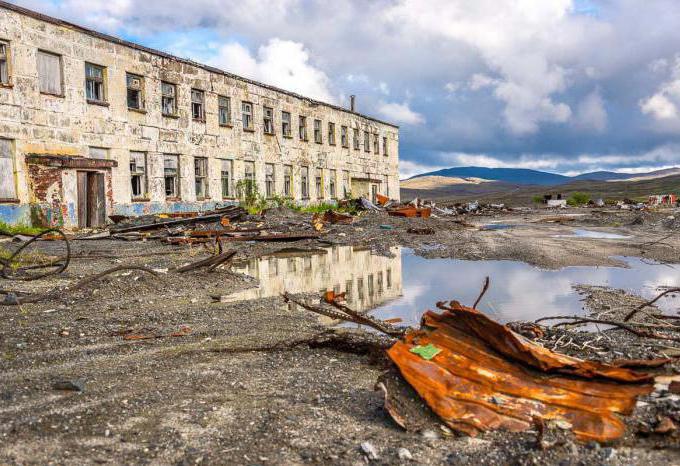
World super-deep wells
In other countries, there are also a number of ultra-deep wells that cannot be ignored:
- Sweden. Siljan Ring is 6,800 meters deep.
- Kazakhstan. Tasym Southeast depth of 7050 meters.
- USA. Bighorn 7583 meters deep.
- Austria. Zisterdorf with a depth of 8553 meters.
- USA. University with a depth of 8686 meters.
- Germany. KTB-Oberpfalz with a depth of 9101 meters.
- USA. Beydat Unit is 9159 meters deep.
- USA. Berta Rogers 9583 meters deep.
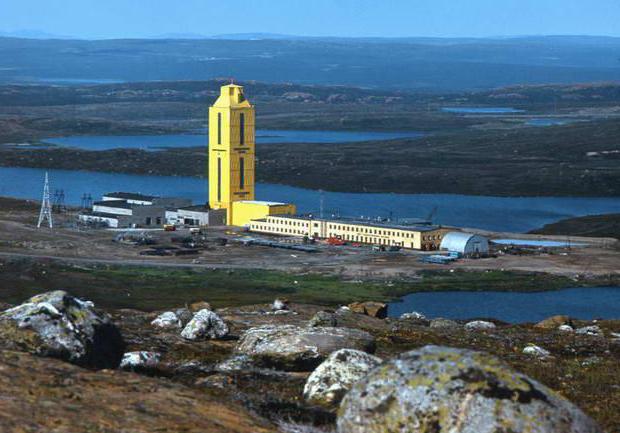
World super-deepest world records
2008 world record Kola well was beaten by the oil well of Maersk. Its depth is 12,290 meters.
After that, several more world records of super-deep wells were recorded:
- In early January 2011, the record was broken by a Sakhalin-1 oil production well, the depth of which reaches 12,345 meters.
- In June 2013, the record was broken by a well in the Chayvinskoye field, the depth of which was 12,700 meters.
However, the mysteries and secrets of the Kola superdeep well have not been disclosed and explained to this day. Regarding the sounds present during its drilling, new theories are emerging to this day. Who knows, maybe this is really the fruit of wild human imagination? Well, then why so many eyewitnesses? Maybe in the near future there will be a person who will give a scientific explanation of what is happening, or perhaps the well will remain a legend that will be retold for many centuries ...
At a depth of 410-660 kilometers below the surface of the Earth, an ocean of the Archean period. Such discoveries would not have been possible without the methods of super-deep drilling developed and applied in the Soviet Union. One of the artifacts of those times is the Kola superdeep well (SG-3), which even 24 years after the cessation of drilling remains the deepest in the world. Why she was drilled and what discoveries she helped make, Lenta.ru says.
The pioneers of super-deep drilling were the Americans. True, in the vast expanses of the ocean: in the pilot project, they involved the Glomar Challenger, designed just for these purposes. Meanwhile, the Soviet Union was actively developing an appropriate theoretical base.
In May 1970, in the north of the Murmansk Region, 10 kilometers from the city of Zapolyarny, drilling of the Kola superdeep well began. As expected, this was timed to coincide with the centenary of the birth of Lenin. Unlike other super-deep wells, SG-3 was drilled exclusively for scientific purposes and even organized a special exploration expedition.
The drilling site was chosen unique: it was on the Baltic Shield in the Kola Peninsula that ancient rocks come to the surface. The age of many of them reaches three billion years (our planet itself is 4.5 billion years old). In addition, here the Pechenga-Imandra-Varzug riftogenic trough is a cup-like structure pressed into ancient rocks, the origin of which is explained by a deep fault.
It took scientists four years to drill a well to a depth of 7263 meters. So far, nothing unusual has been done: the same installation was used as in the extraction of oil and gas. Then the well stood idle for a year: the installation was modified for turbine drilling. After the upgrade, it was possible to drill about 60 meters per month.
The depth of seven kilometers brought surprises: the alternation of hard and not very dense rocks. Accidents became more frequent, and many caverns arose in the wellbore. Drilling continued until 1983, when the depth of the SG-3 reached 12 kilometers. After that, scientists gathered a large conference and talked about their successes.
However, due to inaccurate handling of the drill, a five-kilometer section remained in the mine. For several months they tried to get it, but did not succeed. It was decided to restart drilling from a depth of seven kilometers. Due to the complexity of the operation, not only the main trunk was drilled, but also four additional ones. It took six years to restore the lost meters: in 1990, the well reached a depth of 12262 meters, becoming the deepest in the world.
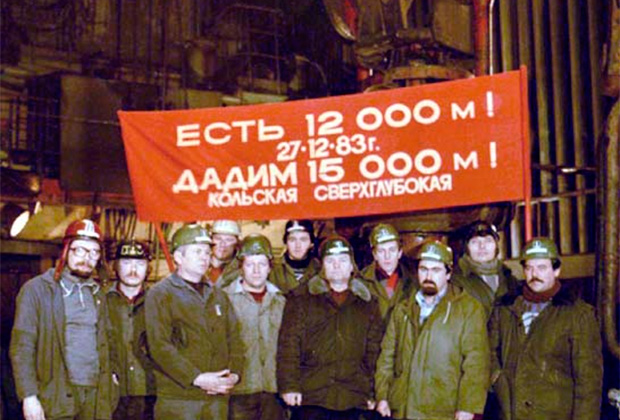
Two years later, drilling was stopped, subsequently the well was mothballed, but in fact - abandoned.
Nevertheless, many discoveries were made at the Kola ultra-deep well. Engineers have created a whole system of super-deep drilling. The difficulty was not only in depth, but also in high temperatures (up to 200 degrees Celsius) due to the intensity of the drill.
Scientists not only moved deeper into the Earth, but also raised rock samples and cores for analysis. By the way, it was they who studied the lunar soil and found out that in composition it almost completely corresponds to the rocks extracted from the Kola well from a depth of about three kilometers.
At a depth of more than nine kilometers, they entered mineral deposits, including gold: in the olivine layer, as much as 78 grams per ton. And this is not so little - gold mining is considered possible at 34 grams per ton. A pleasant surprise for scientists, as well as for the nearby plant, was the discovery of a new ore horizon from copper-nickel ores.
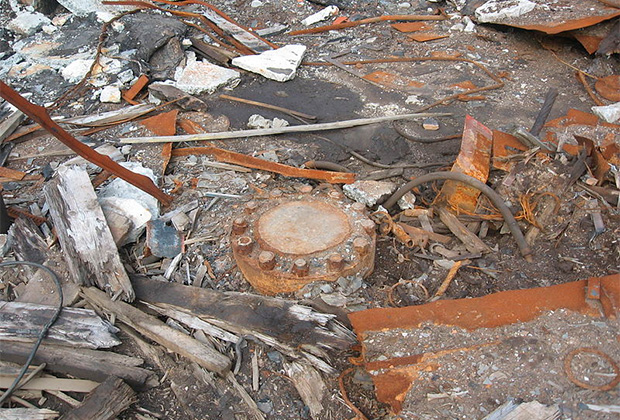
Among other things, the researchers learned that granites do not go into a super-strong basalt layer: in fact, behind it were Archean gneisses, which are traditionally referred to as fractured rocks. This made a kind of revolution in geological and geophysical science and completely changed the traditional ideas about the bowels of the Earth.
Another pleasant surprise is the discovery at a depth of 9-12 kilometers of highly porous fractured rocks saturated with highly mineralized waters. According to scientists, it was they who were responsible for the formation of ores, but before that it was believed that this happens only at much shallower depths.
Among other things, it turned out that the temperature of the subsoil was slightly higher than expected: at a depth of six kilometers a temperature gradient of 20 degrees Celsius per kilometer was obtained instead of the 16 expected. The radiogenic origin of the heat flux was established, which was also not consistent with previous hypotheses.
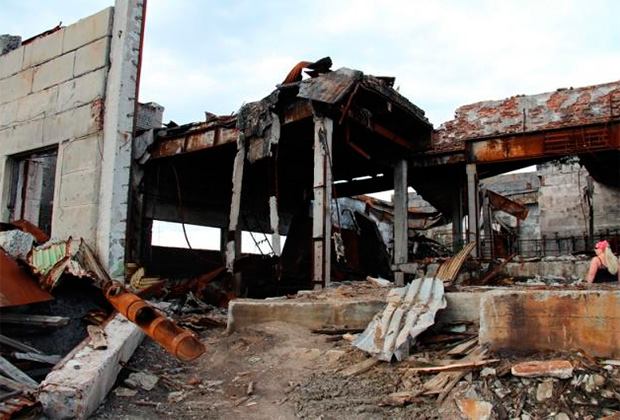
In the deeper layers of more than 2.8 billion years old, scientists have found 14 species of petrified microorganisms. This made it possible to shift the time of the origin of life on the planet by one and a half billion years ago. Researchers also found that there is no sedimentary rock at the depths and there is methane, forever burying the theory of the biological origin of hydrocarbons.
